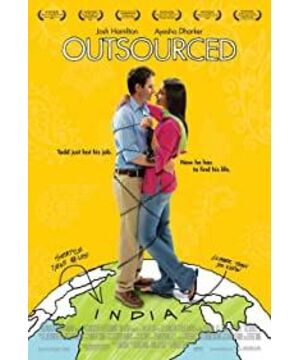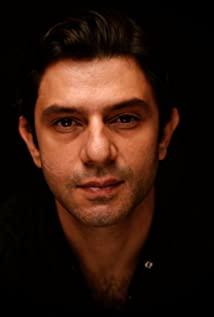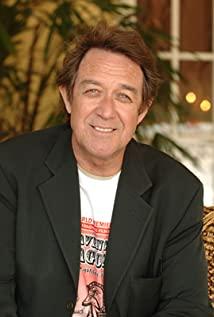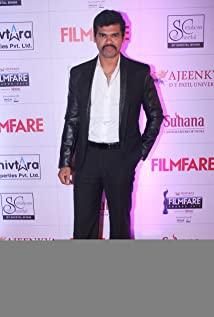So, although this movie won the needle award in Seattle, the big needle was shown on the first shot, which surprised me. I bet that shot must be shot in Kerry Park, where I was. I have taken several night scenes of Seattle and I am very familiar with this composition. In the next few scenes, Pike Market, Downtown, Public Library, I-5, Puget Sound, I can imagine the cheers of Seattle art youths watching these scenes at the film festival.
Returning to the topic of customer service, Chinese people who often stay in the United States know that calling customer service is a big deal. Not only does it have a long waiting time for call access and transfer, but also all kinds of strange accents. One of the most difficult things to manage is the accent of outsourcing customer service in India (the customer service in China is much better, at least the service attitude is amiable in standard Mandarin). However, as shown in the first few minutes of the film, in a world economic environment where costs go from high to low, the inefficiency of American customer service (playing cards as soon as a phone call, and such a dull card) is doomed to this Things that are purely labor costs must be done abroad. That’s why the supervisor said slyly, don’t you like spicy food? As for the strange Indian English, I have been with my tutor for more than four years, and I am somewhat used to it. The accent will be a little sticky. Tod is completely understandable when pronounced as Toad. In the end, the Indian chick and the American brother learned each other’s accents. It really looks a little bit like that.
This is the classic American impression of India, and other classic impressions will be seen in the next twenty minutes. The so-called go to the countryside to do the same, don’t eat anything, basically this is the case in developing Asian countries. There is no paper in the toilet, but I don’t wipe my ass with my left hand. I put it in the movie, but the difference makes the audience feel incredible. For Americans, the greatness of the cow over there is basically the same as our side of eating snakes and frogs. .
The development of the plot is a standard light comedy mode, discomfort -> misunderstanding -> adaptation -> dispelling misunderstanding -> warming up feelings -> crisis -> solving crisis -> climax of the second act -> ending. There are many interesting and exotic small details in the movie, leftovers, colors, laziness, electricity, Shiva, and the third eye. Aside from these exquisite shells, the core of the story is relatively simple. Americans also really like to compare India and China, customer service outsourcing versus manufacturing in China, and the labor cost difference between Mumbai and Shanghai. John Jeffcoat may still have a good understanding of India, but his understanding of China is biased. You think the cost of Gharapuri is high. Wouldn't you ask for trouble if you moved to Shanghai?
The male protagonist looks very handsome, and the heroine looks a bit like PR.
As for the film’s ability to take Seattle’s first place, it’s still a bit tricky. Outsourcing is really familiar to Seattle, an emerging immigrant city with high-tech as its pillar industry. In Downtown, it provides outsourcing for Amazon. Yes, there are outsourcing services for Microsoft in Bellevue, and outsourcing services for Boeing in Everett. In this idle-paced city, labor costs remain high, but the businesses that they do are highly profitable, so they are naturally willing to leave it to developing countries to do it. At the end of the film, the actor who has exactly the same name as the MLB star returns to the ocean view condo on Harbor Ave. The clean and bright room, a cup of coffee, and the standard Seattle-style life, why don't the audience like it?
The change is that Father Hua’s third eye, Bollywood’s bell, and a few spoonfuls of sugar, one, two, three, four.
View more about Outsourced reviews











